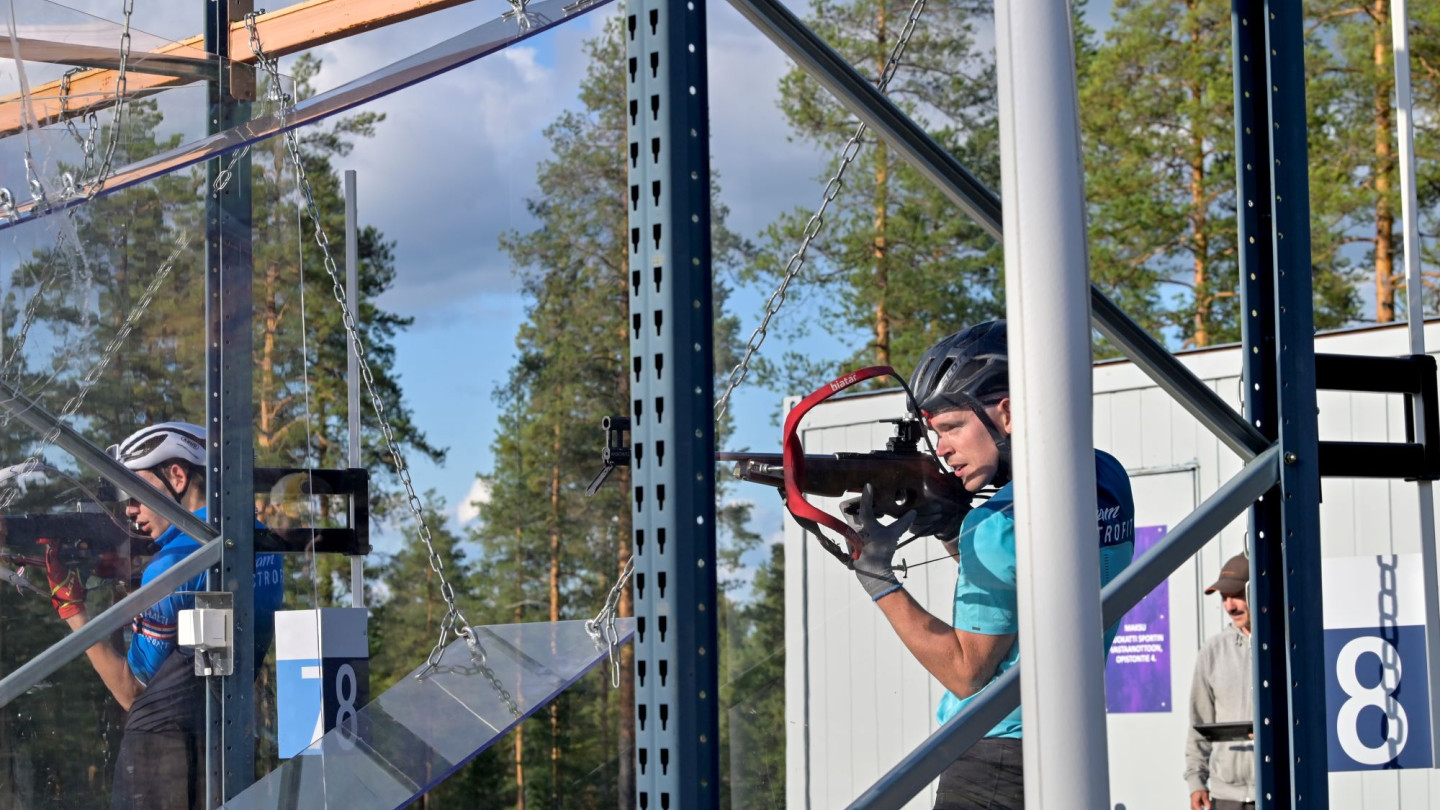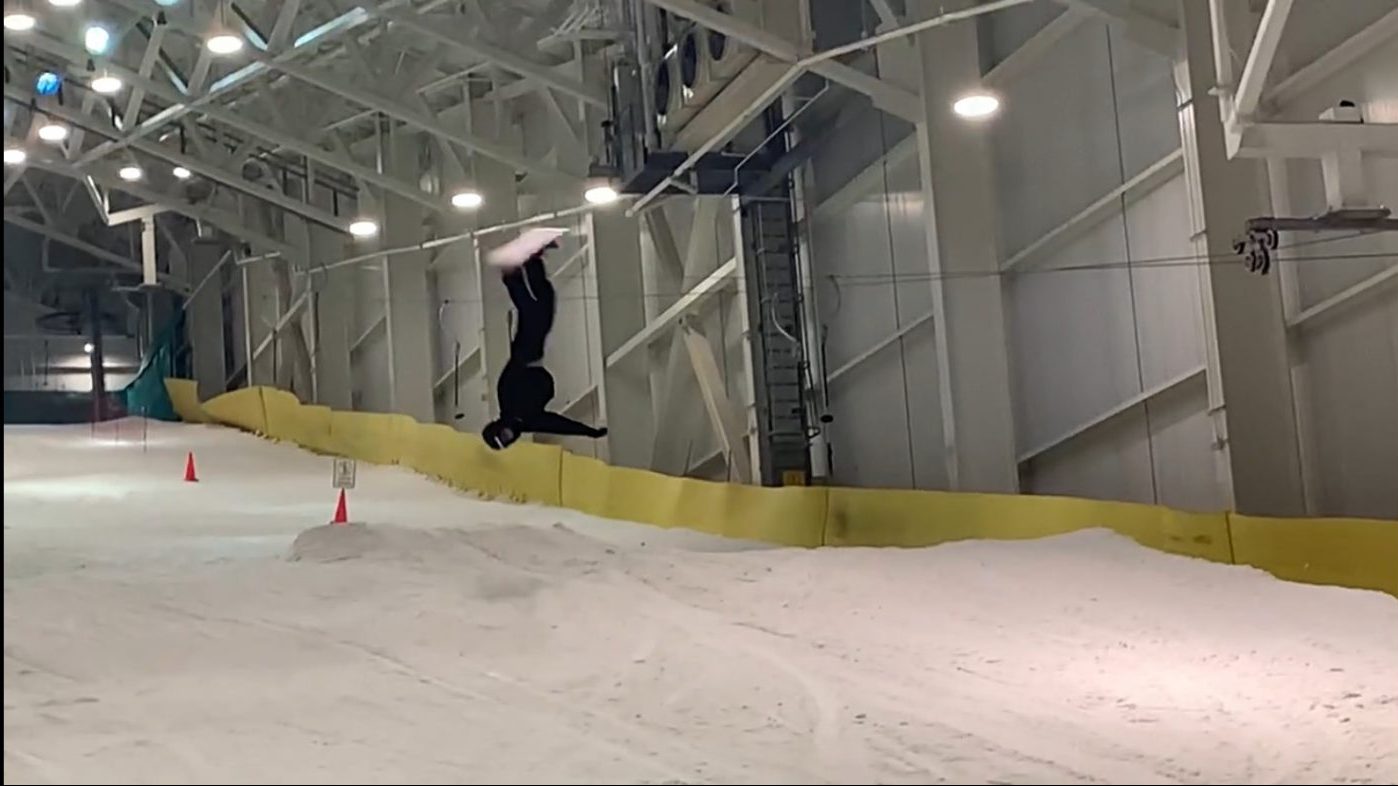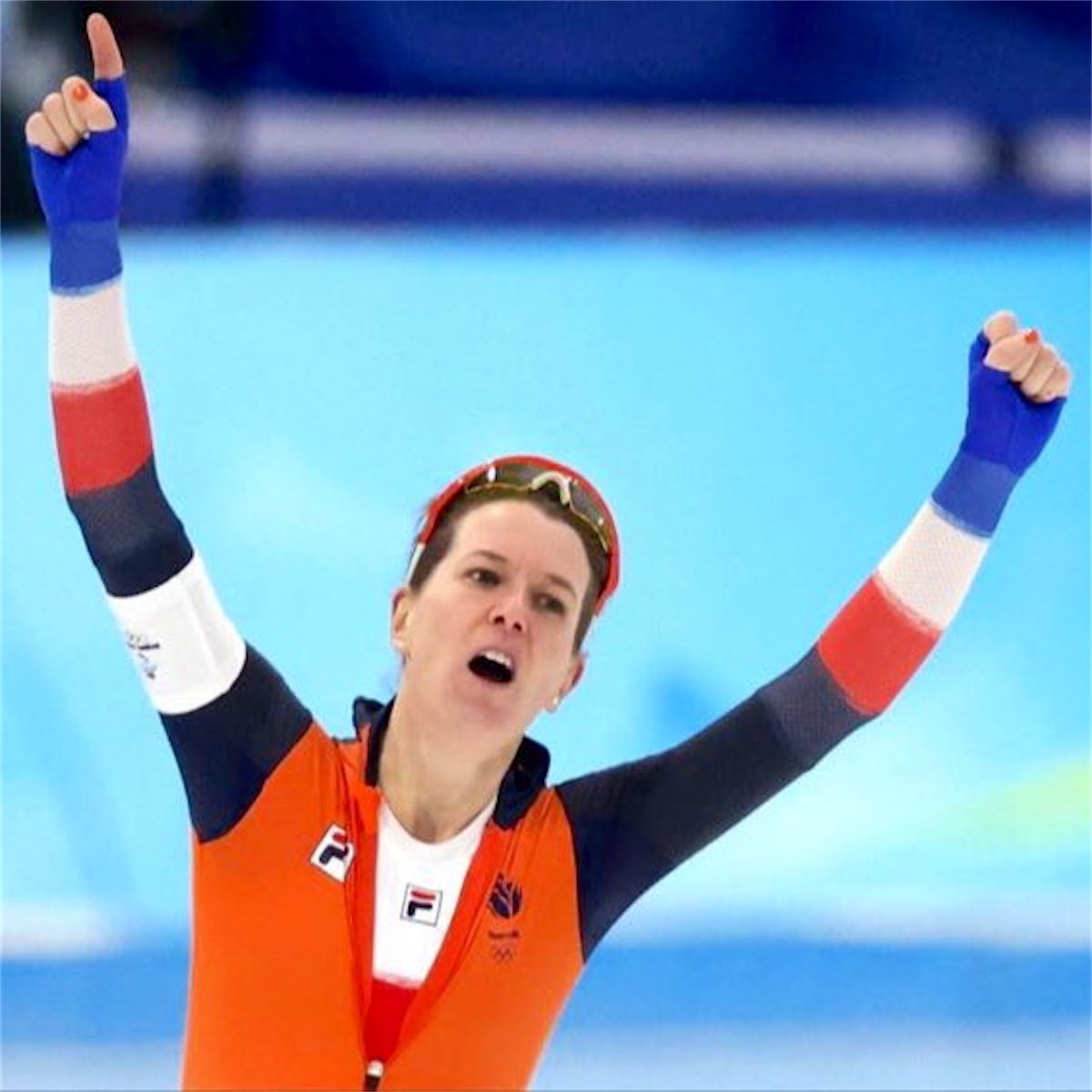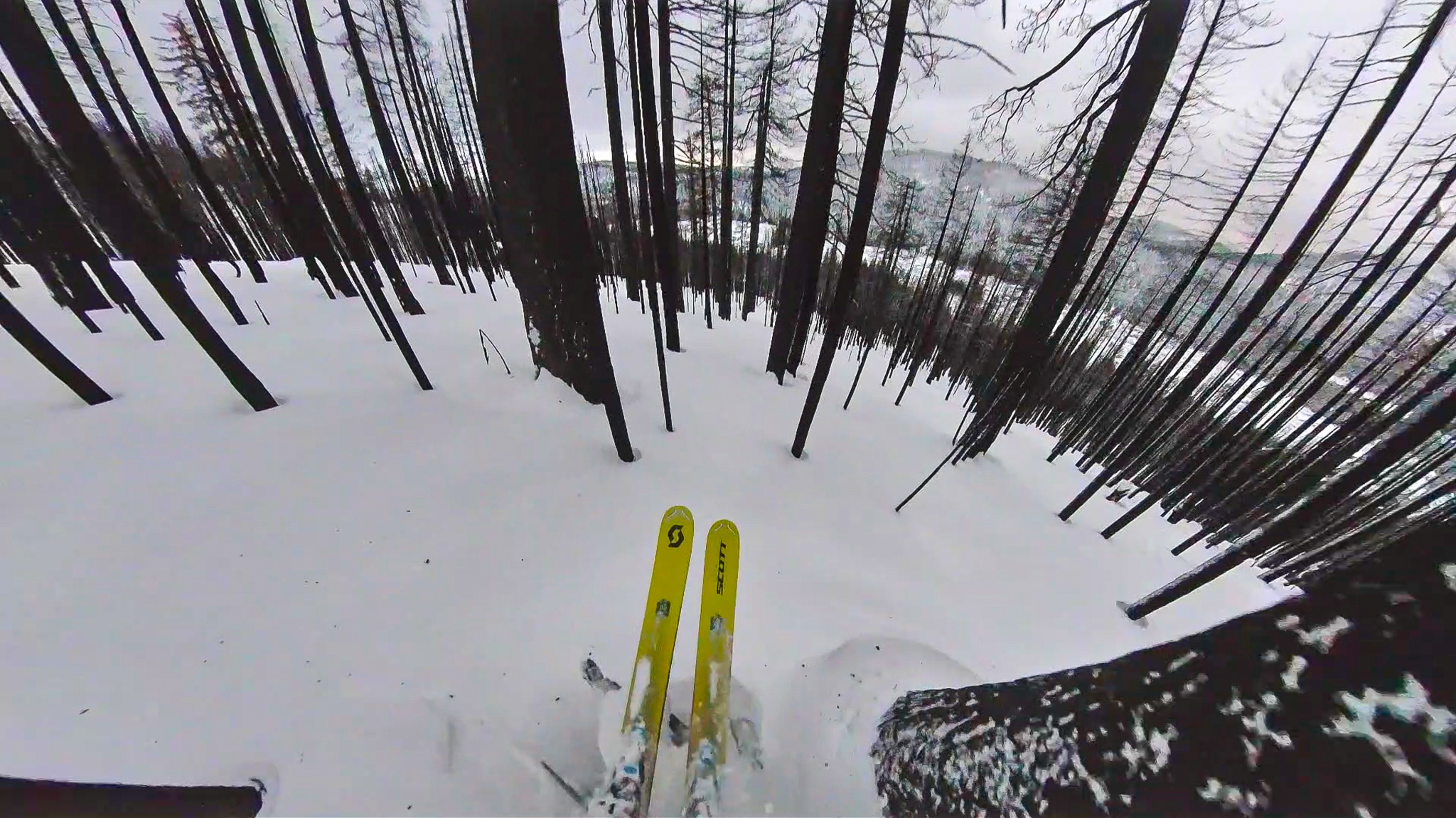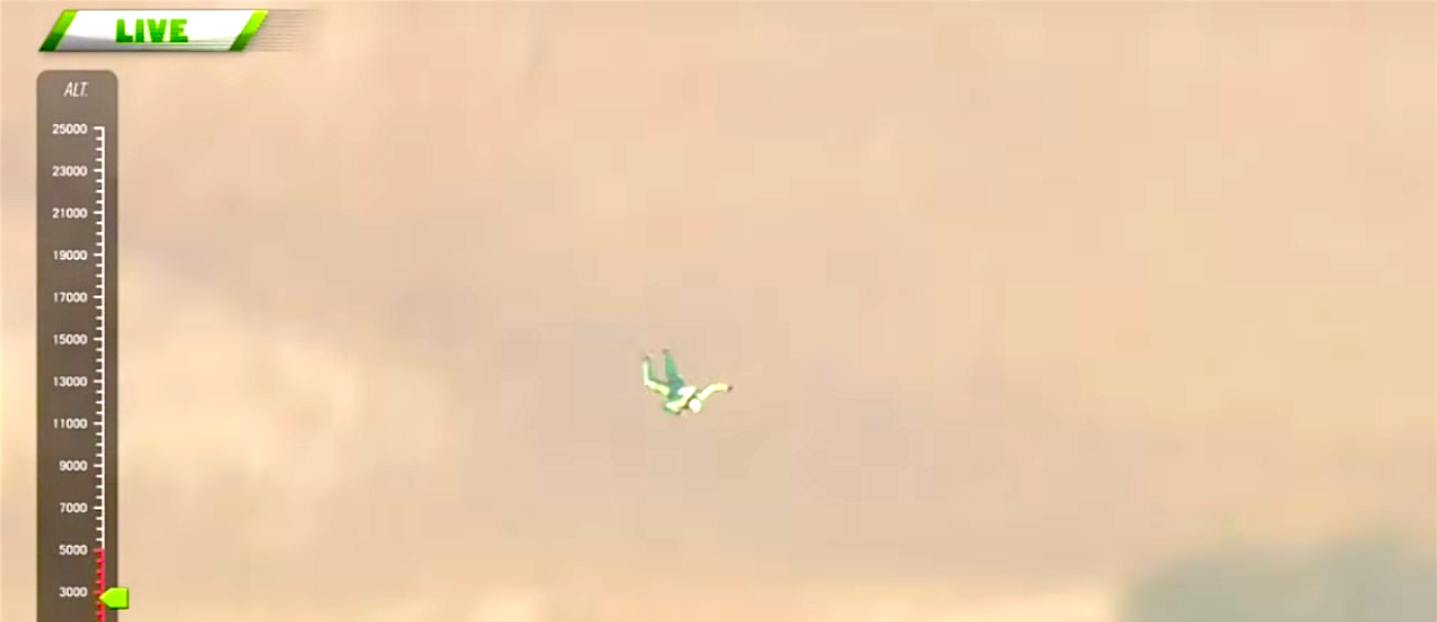
This fall, Vuokatti, Finland, became the setting for a groundbreaking biathlon training and testing facility, merging state-of-the-art technology with the winter sport’s unique demands. Developed by the University of Jyväskylä’s Sport Technology Unit, the shooting range allows biathletes to practice on electronic targets, providing instant feedback on accuracy for both athletes and coaches.
The range offers eight shooting areas: six outdoor and two in an indoor lab. The lab, a rarity even beyond Finland’s borders, enables live ammunition measurements—a major advance, as previous indoor facilities were not equipped for live-round shooting.
Located near the Vuokatti Sport Centre, the range is a first for Finland and is said to be the only one of its kind in Europe. “In Finland, there is no comparable training facility, and it’s a rare find internationally as well,” said Antti Leppävuori, Project Manager from the University of Jyväskylä’s Faculty of Sport and Health Sciences. “Teams from abroad have shown a lot of interest.” This season, the Finnish national team and Italy’s women’s team, led by coach Jonne Kähkönen, will be among the first to utilize the new setup, with the U.S. national team also planning a visit.
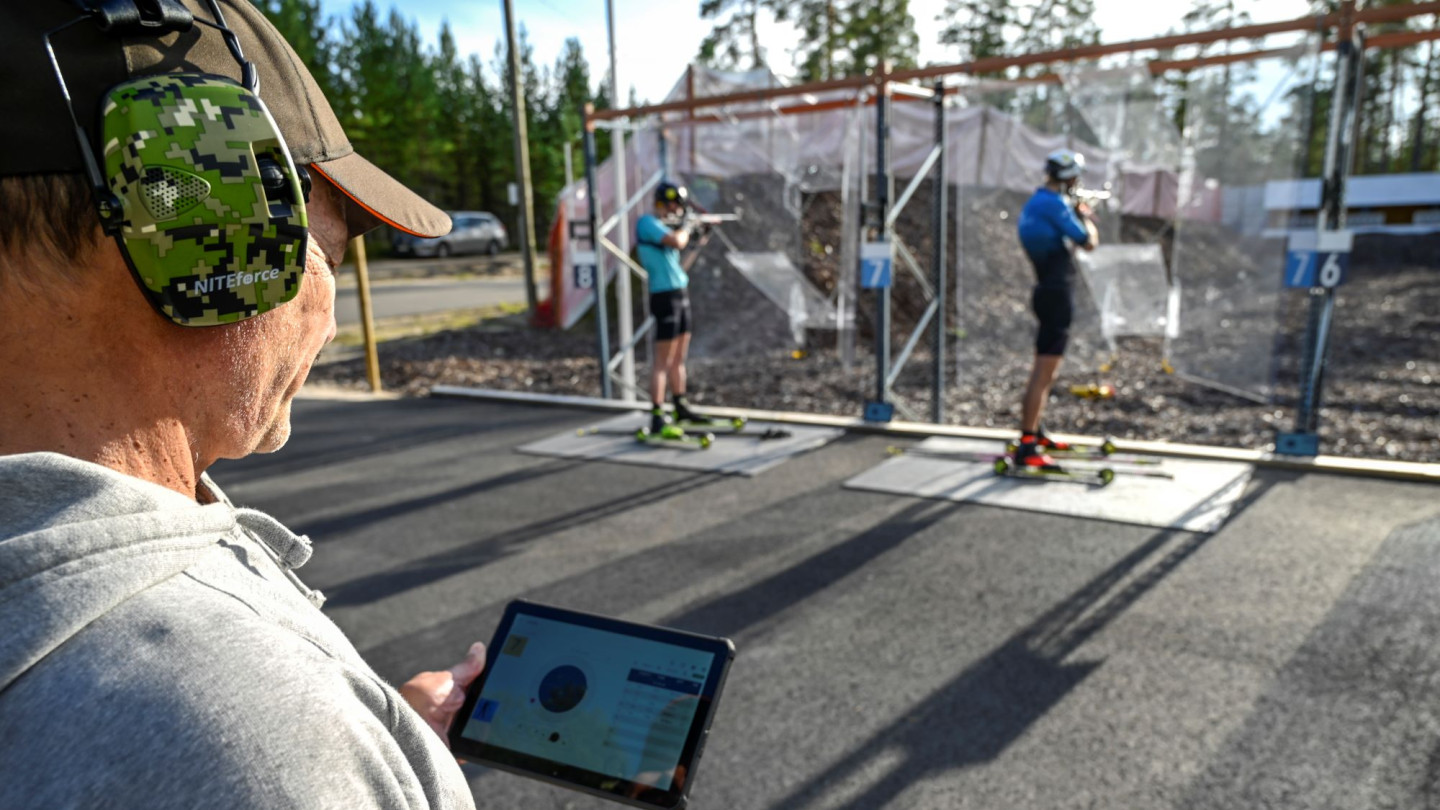
One of the first athletes to train on the new range is Tuomas Harjula, a biathlete from the private Electrofit Team, who has his sights set on next year’s World Championships in Lenzerheide, Switzerland, and a high finish in the World Cup standings. “What stands out here is the instant feedback,” Harjula says, referring to the range’s electronic display, which shows shot accuracy immediately. “It allows me to focus on my technique right away, while the coach doesn’t have to worry about spotting each shot.”
This setup shifts the coach’s role, letting them observe the biathlete’s form and technique without relying on a telescope to spot hits. “This way, coaches can devote their attention to identifying any flaws that could impact performance,” Harjula explains. Project Manager Antti Leppävuori adds, “Biathletes tend to have specific, recurring issues in their form. These are easier to catch by closely watching their movements—a major advantage for real-time correction.”
The new range’s hilltop location is no accident; it’s designed to simulate the intense conditions of competition by forcing biathletes to reach it in a fatigued state. “To get here, biathletes first have to push themselves physically, and then practice shooting while exhausted,” explains Project Manager Antti Leppävuori.
In typical training, biathletes rarely shoot immediately after a climb, but in events—especially relays—they often face this exact challenge. “Mastering these situations is essential,” Leppävuori notes. “It also helps athletes understand the pace that works best for them before shooting.” Harjula agrees the added exertion is a game-changer. “Even abroad, it’s rare to shoot after a climb,” he says. “But if you’re used to training under this strain, it becomes an advantage in competition.”
Another unique aspect is that the indoor range allows for performance analysis with live ammunition—an industry first. “In each shot, we measure the biathlete’s balance shifts, barrel movement, and pressure on the trigger and shoulder,” says Project Manager Antti Leppävuori. “Soon, we’ll also track strap pressure, further refining performance insights.”
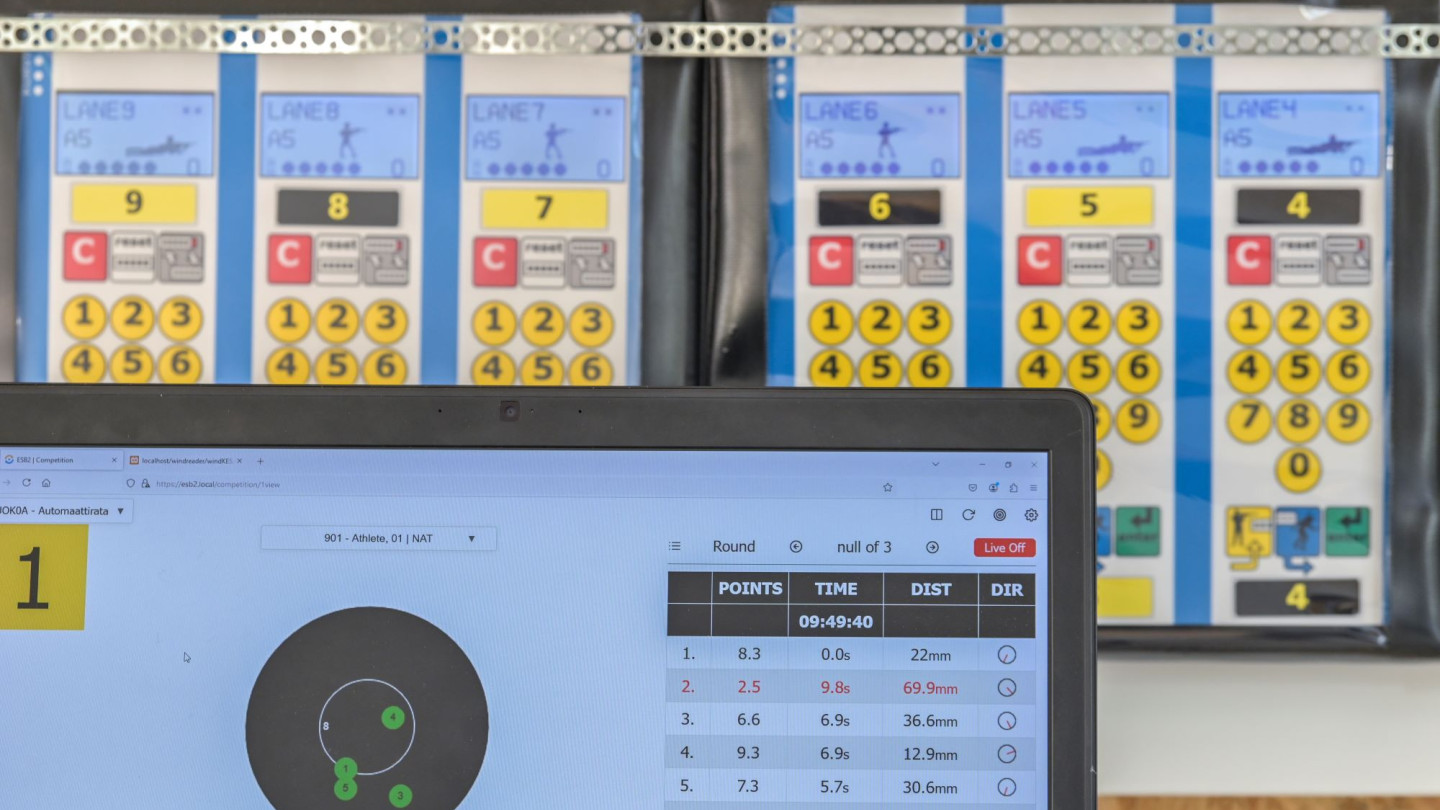
These precise measurements are crucial for optimizing shooting technique under true conditions. “This setup lets us hone essential skills like trigger control, aiming, and handling recoil,” notes Harjula, who frequently trains here in spring and early summer alongside physical conditioning. Safety dividers between the eight shooting stations are another innovation, allowing the range to operate safely close to residential areas.
The concept for Vuokatti’s advanced biathlon range began in 2016 within the University of Jyväskylä’s Sport Technology Unit, with EU support from the Regional Council of Kainuu, culminating in its completion over the past two years. Now fully operational, the range serves not only training and research but also product development and testing. Current projects include testing electronic targets by Suomen Biathlon Ltd., with hopes of debuting them at the next Winter Olympics.
The facility continues to evolve, with plans to integrate shooting data into the Sport Technology Unit’s Coach Tech system, creating a comprehensive platform for analyzing biathletes’ performances. Vuokatti’s range stands poised to shape the future of biathlon training and competition on a global scale.
